Matauri Bay today… I was the only one in the surf for quite a while. Not in the photos, but I was thinking…’all this scene needs now is some dolphins…’ and of course… a pod of dolphins swam by further out… no kidding…


Matauri Bay today… I was the only one in the surf for quite a while. Not in the photos, but I was thinking…’all this scene needs now is some dolphins…’ and of course… a pod of dolphins swam by further out… no kidding…


Two interesting releases coming up that I am involved with. PagedJS is what Fred Chasen and Julie Blanc are working on as part of the PagedMedia project. Its coming close to some interesting releases.
Also, XSweet, the docx -> HTML suite will be released as 1.0 in the first week of may. Look for announcements on the Coko site.
Stay tuned!

Yep, today – for the third time in a row, the US gov validated my status as an Alien of Extraordinary Ability. Its the actual title of my visa – best visa title ever. I didn’t even have to show them my spangly green head antennae. The visa is also known as the O1. Another 3 years I can work in the US 🙂
Image by NASA/Bill Ingalls [Public domain], via Wikimedia Commons
You can tell a lot about the health of an Open Source project by its activity log. You can find Cokos here:
https://gitlab.coko.foundation/dashboard/activity
A screenshot of the last 20 hrs, looking good!

Editoria is the book production platform we have been working on with the University of California Press and the Californian Digital Library. If you’d like to know more there is a webinar coming up (May 15) led by Editoria Community Manager Alison McGonagle-O’Connell.
Sign up for the webinar here: https://ucpress.zoom.us/webinar/register/WN_6UmmLJI2RviMh-hXcJTq_Q

So, you may never have heard of OLPC, but it was quite a thing. OLPC = One Laptop per Child. A project initiated by MIT. Its mission was to change the world – essentially to educate millions of kids that did not have much in the way of educational resources. The basic idea was to make really really cheap laptops and then get them to kids that needed them. The Laptop was pretty innovative at the time as there was no such thing as a ‘small factor’ laptop back then. You just had big, expensive, laptops. OLPC tried to get the price down by innovating in form factor and the attendant technologies like screens…

It was a pretty cool thing.
Anyways… there was an interesting article that a friend passed to me about it. I just landed in NZ, so I’m pretty knackered and can’t quite write what I want to write about this now. But here is the link:
https://www.theverge.com/2018/4/16/17233946/olpcs-100-laptop-education-where-is-it-now
I’m writing about it here as I was pretty close to the project. In fact, I facilitated all the documentation and worked closely with Walter Bender and the crew. We (FLOSS Manuals) did a few Book Sprints to create the docs and as it happens I found this old, old vid online from that time:
I found the OLPC project deeply flawed. It was a movement without proper resourcing and an untethered ambitious aim. But I liked Walter and many of the people involved. It was interesting to watch this whole thing unpack slowly infront of me. Anyways… will read the article more thoroughly when I’m more present and make some more comments from my own experience of the project.
continued…. actually, I slurped up a coffee and read the article more closely. It’s pretty accurate. I realised things were topsy with the OLPC when I discovered the reason why we were doing docs (apart from them not having any in the first place) was because the laptops were selling at (something like) $180 a unit, but costing $186 (0r something) per unit in support costs alone. They were making a loss on each machine purely on support costs. It wasn’t a surprise to me as many people needed a manual just to work out how to open it up…


But I have to say, Walter Bender was the real deal. Super smart and humble as pie. He had his heart and vision in the right place, and if he had been supported the OLPC project would not have lived and died as a hardware project. His vision was much greater and worthy but, as the article discussed, didn’t get the traction over the sexy hardware sell.
Anyway… some of the manuals we made are still online 🙂
http://booki.flossmanuals.net/xo/
It was even translated to Farsi and a heap of other languages that are only to be found now in the Internet Archive (eg Greek, Arabic and others). The docs were also available in book form, electronic book, and on the laptops themselves.

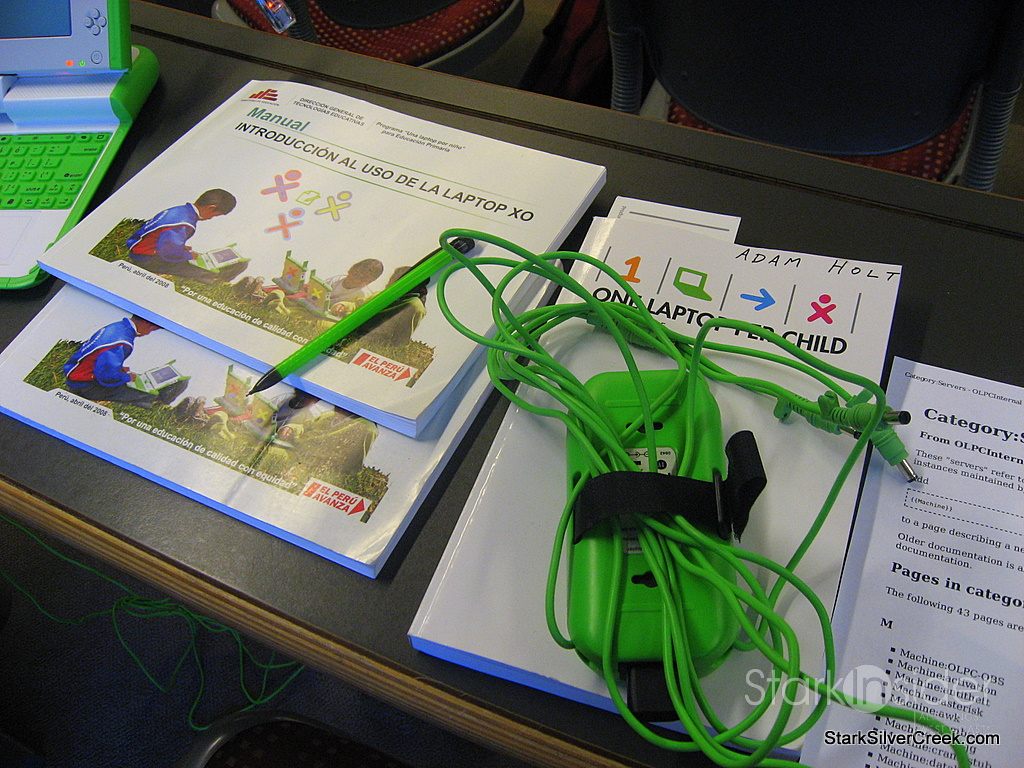
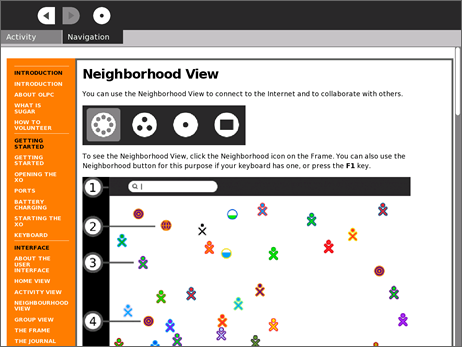

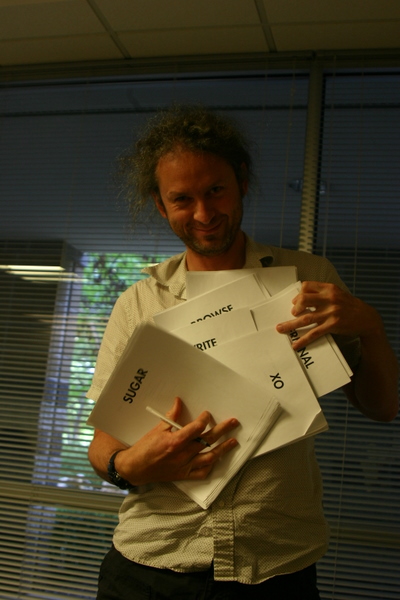
This amazing footage of Northland where I live. Filmed in the 40s..
We had a good meet at the eLife offices today (Cambridge, UK). We discussed all things Libero, which is a eLife led initiative to provide open source content delivery systems for journals. I learned a lot about what they have been imagining and building. It was a super meet. Lots of smart folks from Hindawi and eLife which is going to lead to an awesome combined effort.
Very honored Paul Shannon asked me to facilitate it 🙂
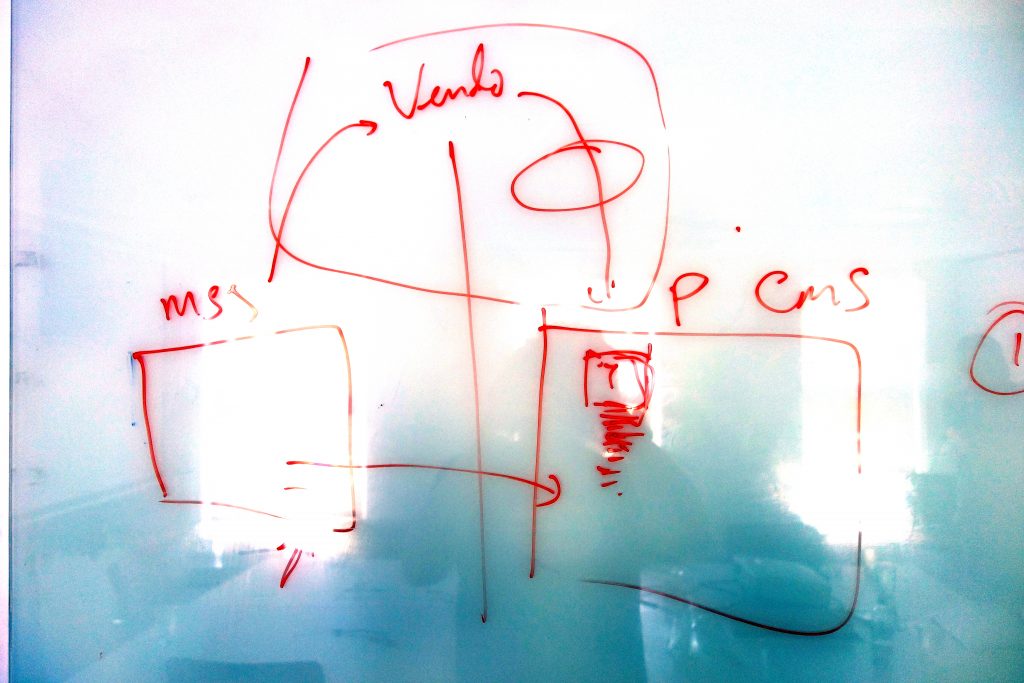
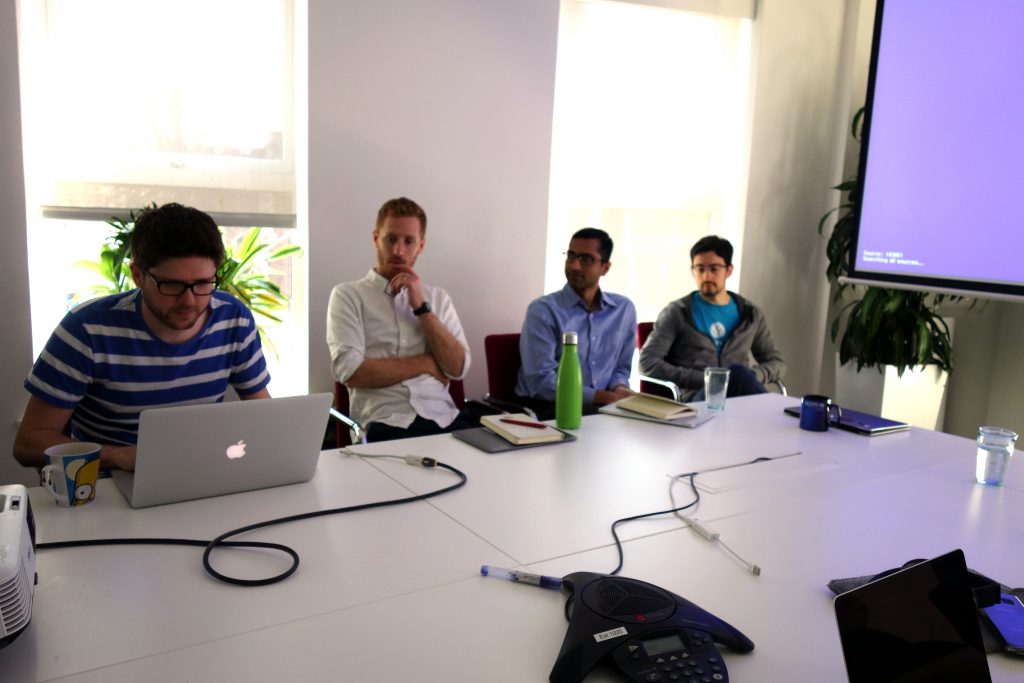
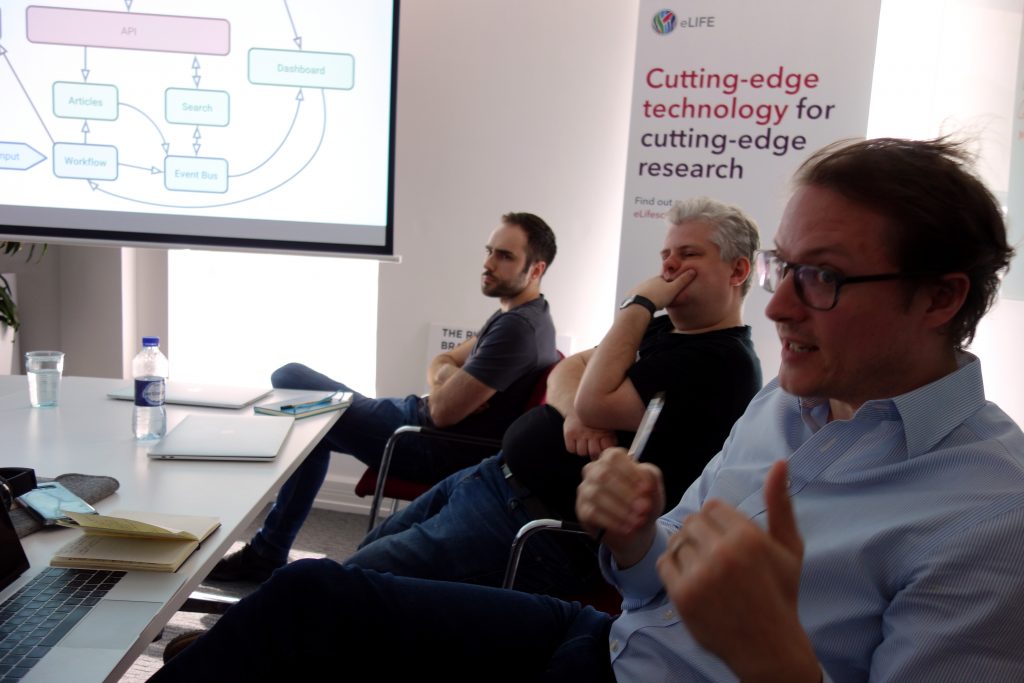
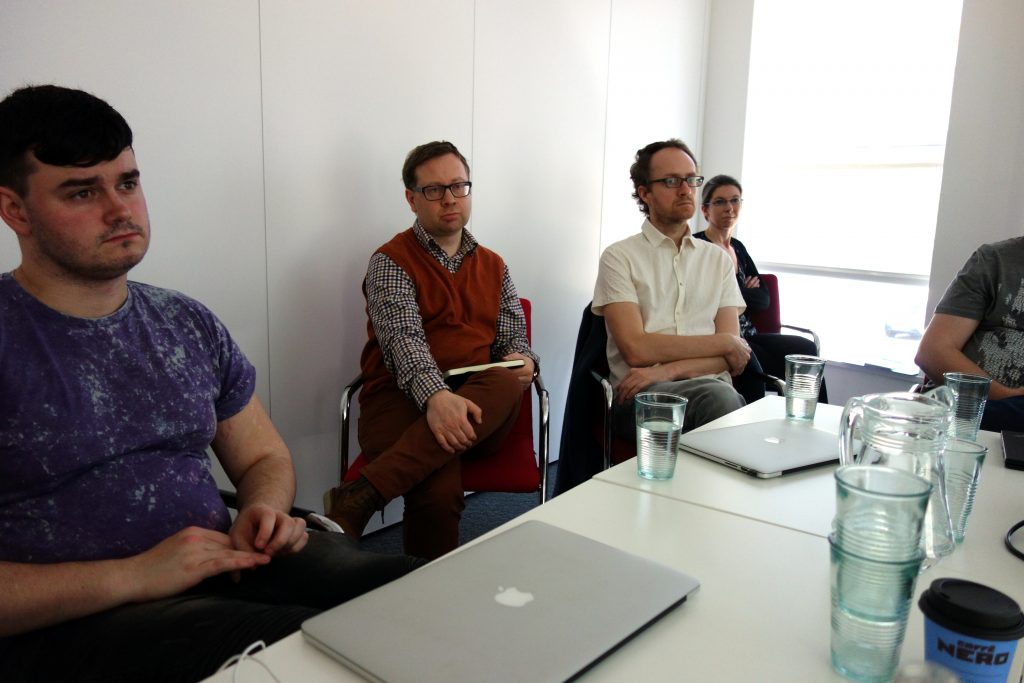
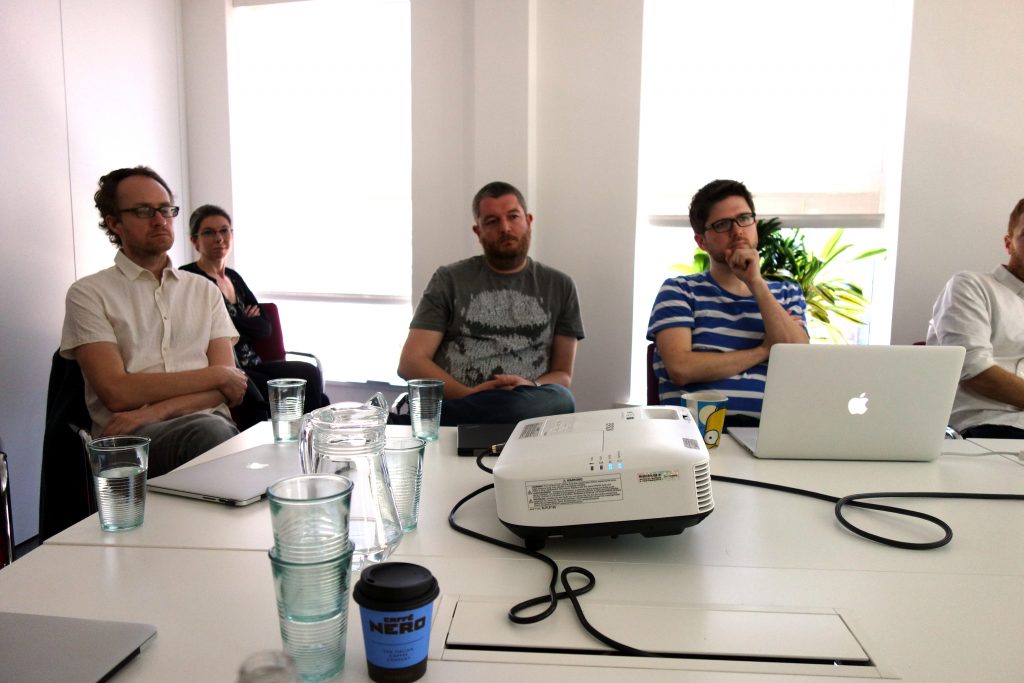
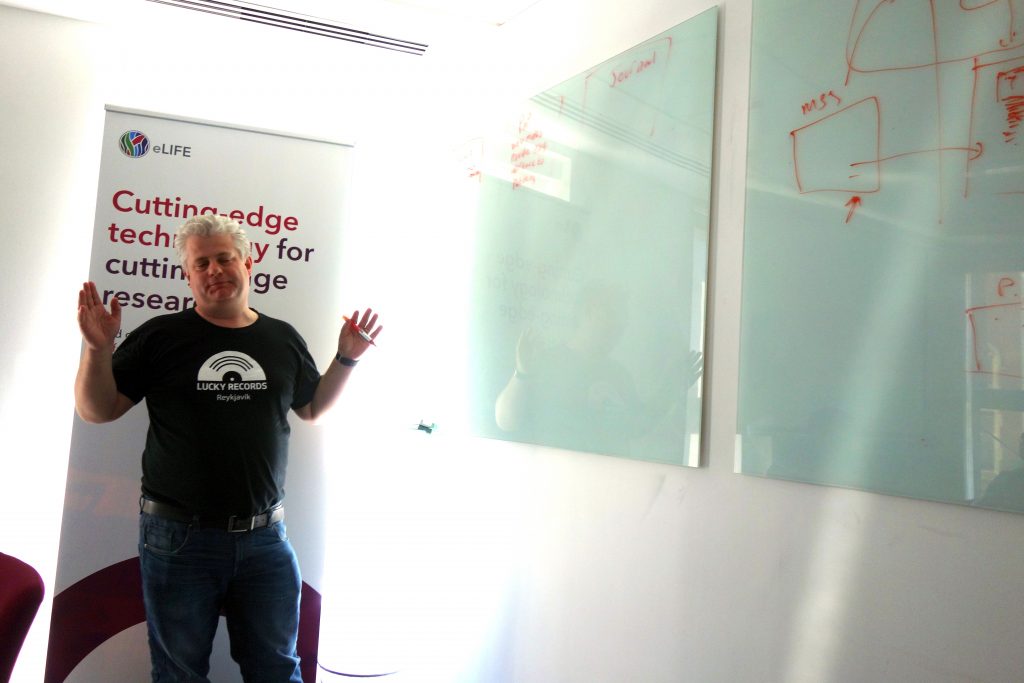
Check out the Editoria tour schedule!
In the last 2 years, I have been very privileged to see inside the workflows of many publishers (book, journal, micropubs), aggregators, and preprint servers.
As a system designer, or one that facilitates others to design their own systems, this provides incredible insights into common struggles all of these organisations have. Recently this has given me pause to think about the system design process. So below is a little emergent theory of the importance of mental models in the process of workflow design….
So… the heart of what I am trying to get at here are these three questions that lead on from the above which I am currently asking myself – why it is we don’t involve the publishing staff intimately in the design of better workflows? What is this mental model stuff and why is it so important? Why do I have this growing gut feeling that it’s all about workflow?
So… as a first, rather rough and quick response to myself on the above three issues…